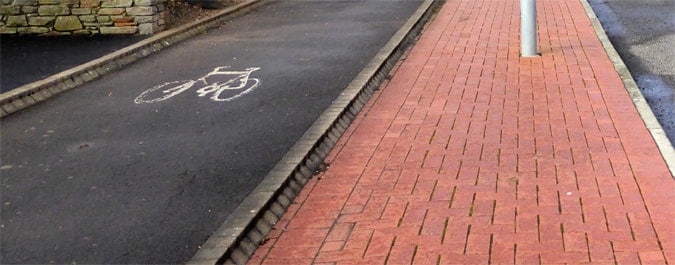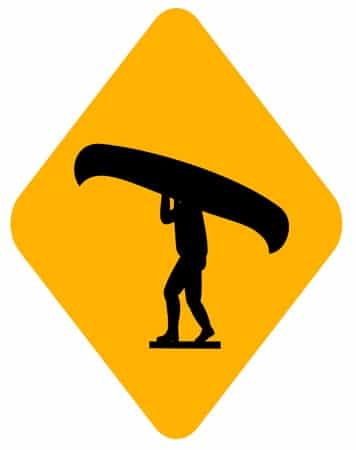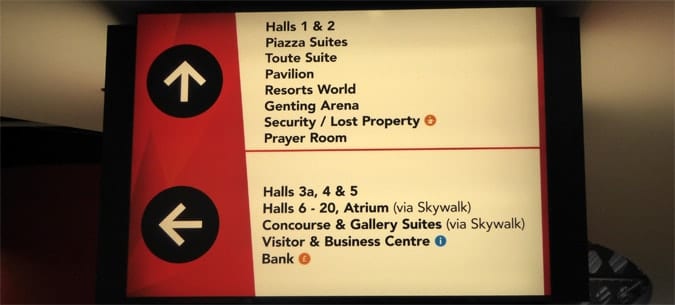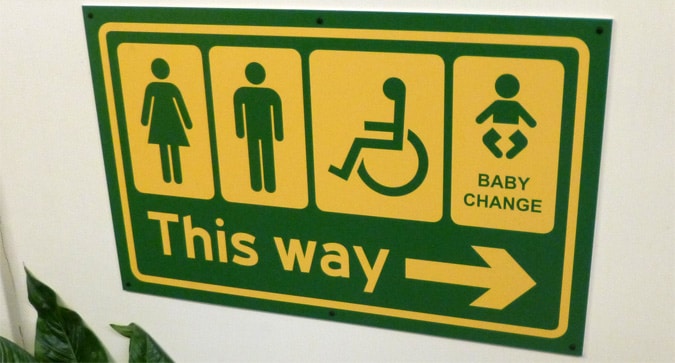Last Updated on June 10, 2023
In the first of our wayfinding case study series, we take a look at Newport Wetlands in Wales, and how they have created an easy to follow navigation system. Using local materials and natural paths, signage and the good design of space, the RSPA, who manages this location, has done an impressive job. Let us take a look at the Newport Wetlands below!
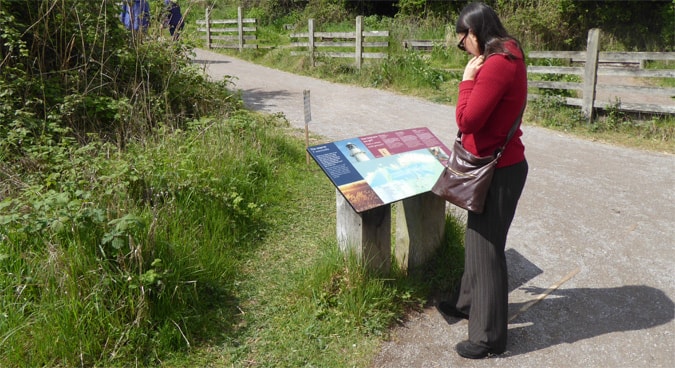
Wayfinding can be seen by some people as simply being about getting from A to B quickly, but for those involved with wayfinding design and planning, it soon becomes clear that wayfinding is a more complex and dynamic practice.
Indeed, the Newport Wetlands are a great example of the way in which wayfinding can be developed to create a very positive and great UX user experience for visitors.
Table of Contents
Interpretive Signage and Narrative
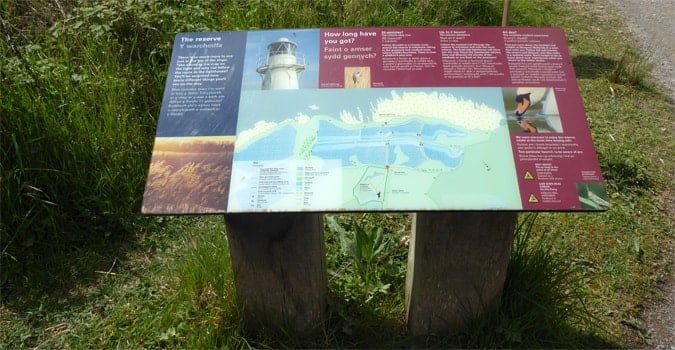
Interpretive Signage is an important area within wayfinding for anyone managing a space through which large numbers of people move.
These types of signs provide information that helps the user to gain an understanding and appreciation for the location and to ultimately have an experience that they will remember positively.
Attractions such as bay trails and Wetlands tend to be locations that require good wayfinding (to guide users successfully around the location), in addition to locations that involve education as a key part of the experience.
The design of interpretive signage is, in its own right, a key technique for guiding users along a route, whilst providing interesting information that develops a narrative and engages users, is difficult to do successfully. Newport Wetlands signage is designed to do just this and it does it well!
Signage and Sustainable Eco-Friendly Materials
You may notice, in the previous two images, that the materials are made of wood. In wayfinding design, using sustainable and eco-friendly materials can be important, especially in a location where the environment is central to the attraction.
In the two images below are a few more examples of how the Newport trail makes the best practice use of locally sourced materials.
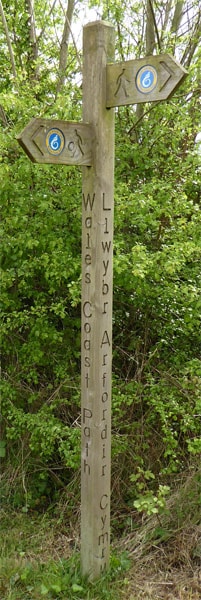
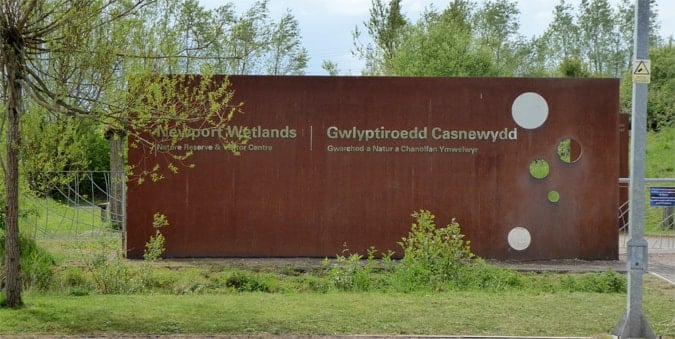
Desire Lines and Paths and Wayfinding Cues
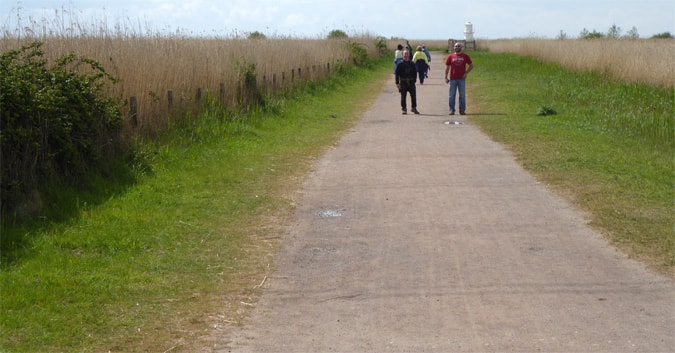
Desire paths (or desire lines) are an interesting phenomenon in wayfinding and refer to paths that have been created by erosion caused by human feet or by animals.
The path above, one can argue, is not truly a “desire path” as it appears to have been cut out intentionally. The path above nonetheless is an excellent example of wayfinding design of how certain routes often do not need any signage.

Many paths, in other words, act to be suggestive of the path to take. Making use of such paths using natural features can be a powerful way to guide users.
True desire paths, I should perhaps mention, normally occur because users want to take shortcuts and these paths thus get carved out over time as more people (or animals) use that route.
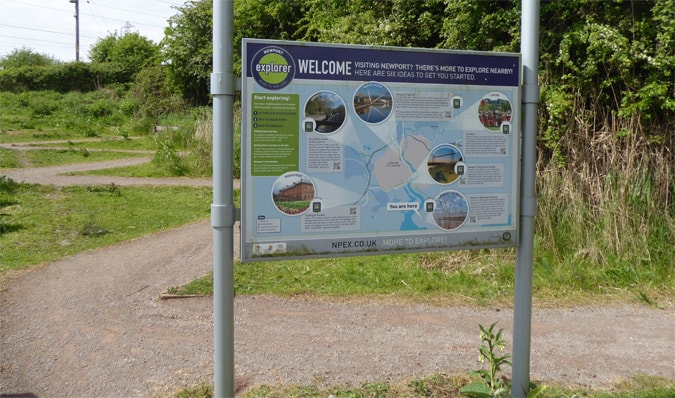
Wayfinding Experience
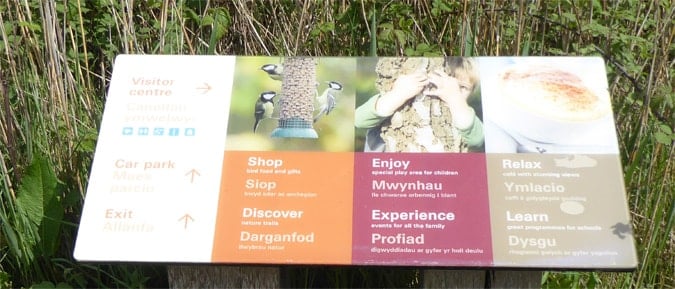
Moving and navigating around certain locations is as much about the experience of the place as it is about attempting to get somewhere quickly.
In an airport, one might be rushing for a specific terminal in order to board a flight. Alternatively though, in a location such on the Cardiff Bay Trail or the Newport Wetlands, time is often more open with time available for exploration.
In this sense, the sign below shows an example of wayfinding signage that can sometimes be about guiding people to living objects for experiencing a route and location, rather for getting to a specific location in a time-limited manner.
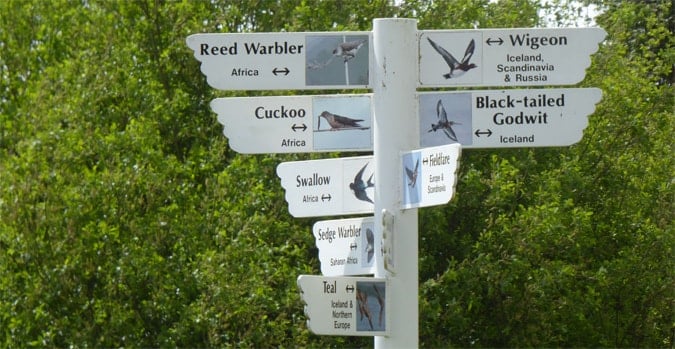
Distance Markers on Signage
In locations where users may have to walk for long periods of time, including information on the distance to the location/s can be a great idea.
You may well have seen in airports the inclusion, for example, of the number of meters to a specific terminal.
On a bay trail or Wetlands area, giving clues to the distance is important for two reasons.
- It helps users to evaluate whether or not they should attempt a certain route in the first place.
- It decreased any stress that might otherwise occur if a person is unclear how far they still have to go on a route.
Including distance parameters on signage, in certain locations, can be a great way to improve the experience.

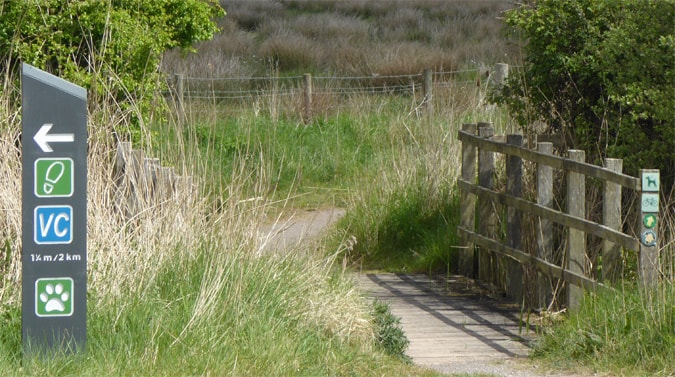
As noted in previous posts on animal wayfinding, animals do not necessarily adhere to and even understand the wayfinding systems that we have designed. Wayfinding signage means nothing to animals, for example.
The image below of a group of ducks highlights this lack of connection with how we go about navigating. The path that guides humans, is nothing but an open area for the wildfowl.
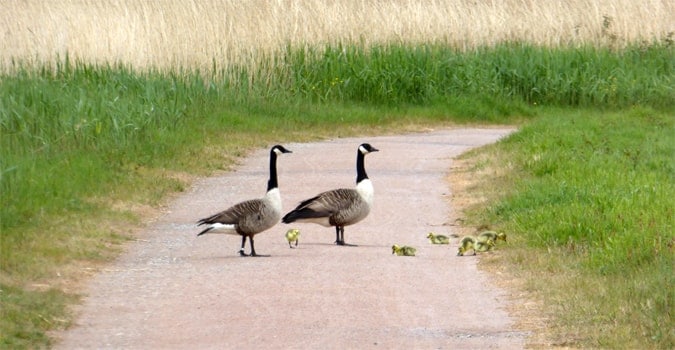
Further Information
- You can find out more information about the Newport Wetlands by visiting their official website here.
- Download a route map of the trail.
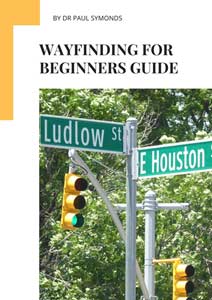
Dr Paul Symonds has a PhD in Wayfinding from Cardiff Metropolitan University in the UK. Paul works with the signage industry, airports and other locations providing wayfinding audits, consultancy and training.

